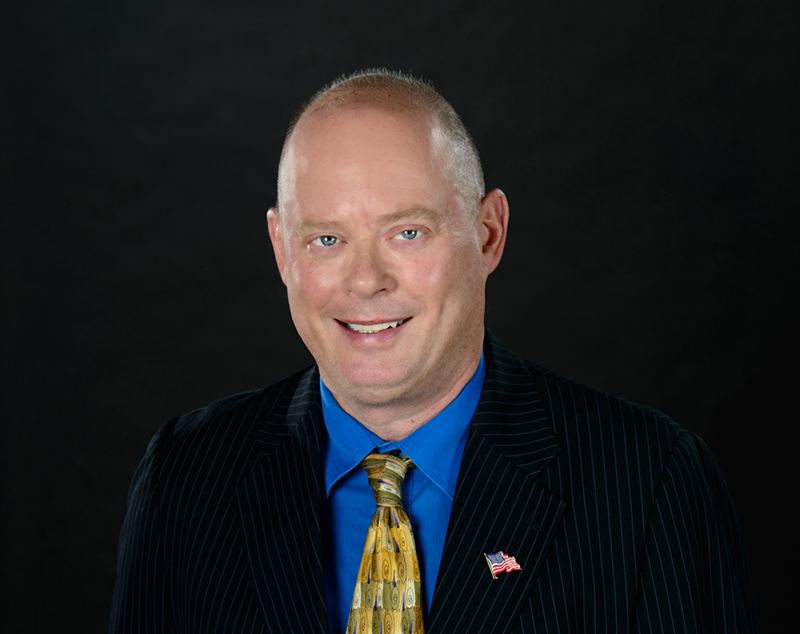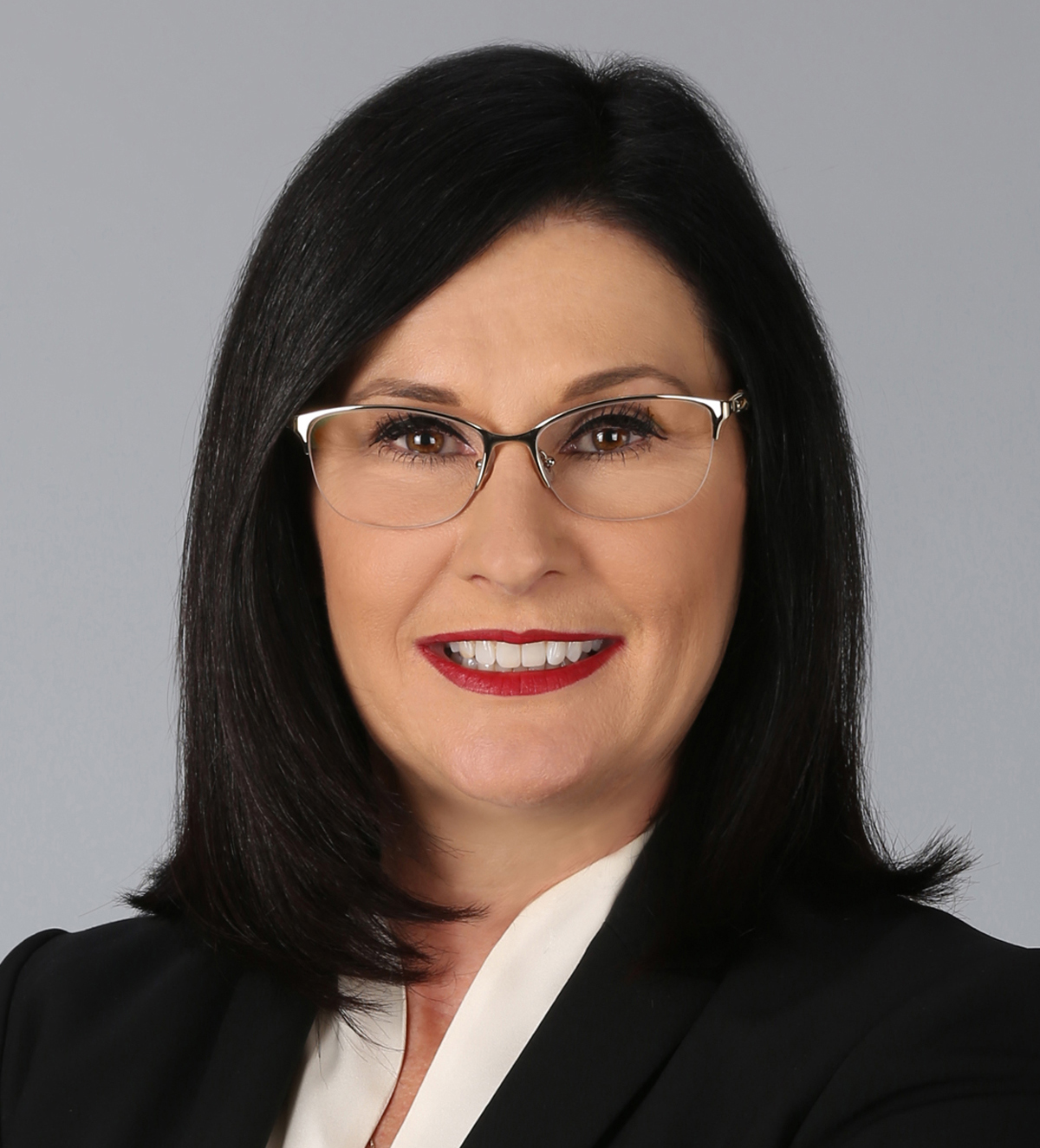There is a lot of angst over the disappearance of community banks. Many failed during the Great Recession, and others are finding merger partners because the cost of regulatory compliance and technology can be steep for a small institution. Professional Bank, however, is showing a model for how to be successful with a long-term vision.
Our cover story on Chairman and CEO Daniel Sheehan recounts the inauspicious beginning of the bank as the Great Recession unfolded, but that was overcome quickly. Existing banks often can face legacy issues when it comes to disruption. In banking during the past few decades, there have been several waves of institutions being laden by bad loans, which have provided space for new banks. I first saw this in the late 1980s during the savings and loan crisis, which saw major names like CenTrust Bank and Amerifirst Bank disappear from the South Florida landscape. Professional Bank launched without having a legacy portfolio and regulators crawling all over it, which was an advantage.
Professional Bank also was resilient, overcoming tragedy in 2008 when CEO Raul Valdes-Fauli died by suicide. Chief lending officer Abel Iglesias became president. and chairman Sheehan became more involved as executive chairman and, more recently, CEO.
Professional Bank also had the ability to raise capital. Sheehan has a background in the capital markets. It raised $17 million in 2017 and $20 million in December.
Another key thing for small banks is to get a handle on technology. There are many examples of vendors who can help do this, but Professional Bank took the extra step of going outside the market to find talent. In 2018, it expanded into Cleveland with the creation of its Digital Innovation Center, led by two experienced digital banking executives. Ryan Gorney previously was at Ernst & Young, where he served as executive director for financial services and digital strategy. He also was head of digital channel technology at KeyBank. Chris Rice served as KeyBank’s vice president of digital front-end engineering.
Some technology announcements soon followed.
One example is Moody’s QUIQspread, which eliminates the need for loan applicants to format financial information. Instead, Moody’s Analytics software extracts the data and notifies the borrower upfront of missing information. A cloud-based system then analyzes the customer reports more rapidly than a manual review. Professional Bank was the first community bank (less than $1 billion in assets) to use the system.
Under an innovative Professional Bank person-to-person money transfer system, a smartphone user of the bank app can select “transfer,” choose the account and amount, and then send money via an email address or cellphone. Recipients are notified with an email or text right away. They can then put in their debit card information to have the cash available immediately.
The tech crew in Cleveland also worked with an outside vendor, CSI, to add a Professional Bank Apple Watch app, which allows customers to check balances, view individual transactions and find branch location.
I expect the Professional Bank growth story is far from over.










